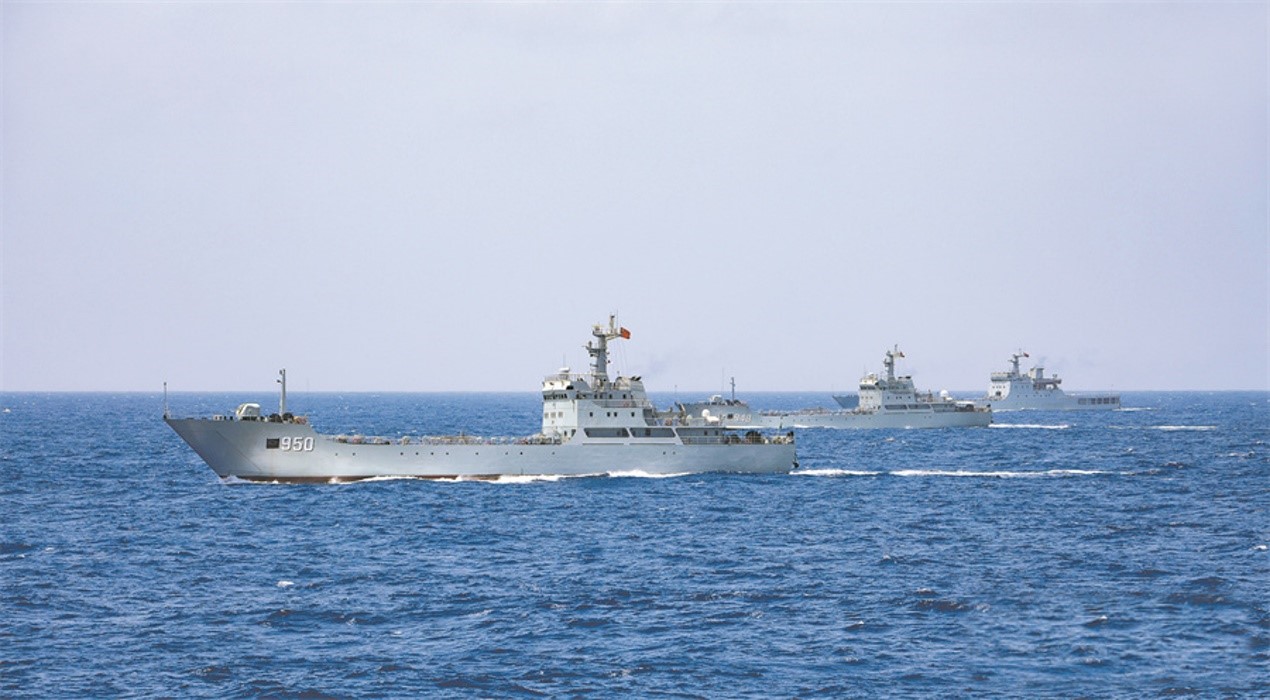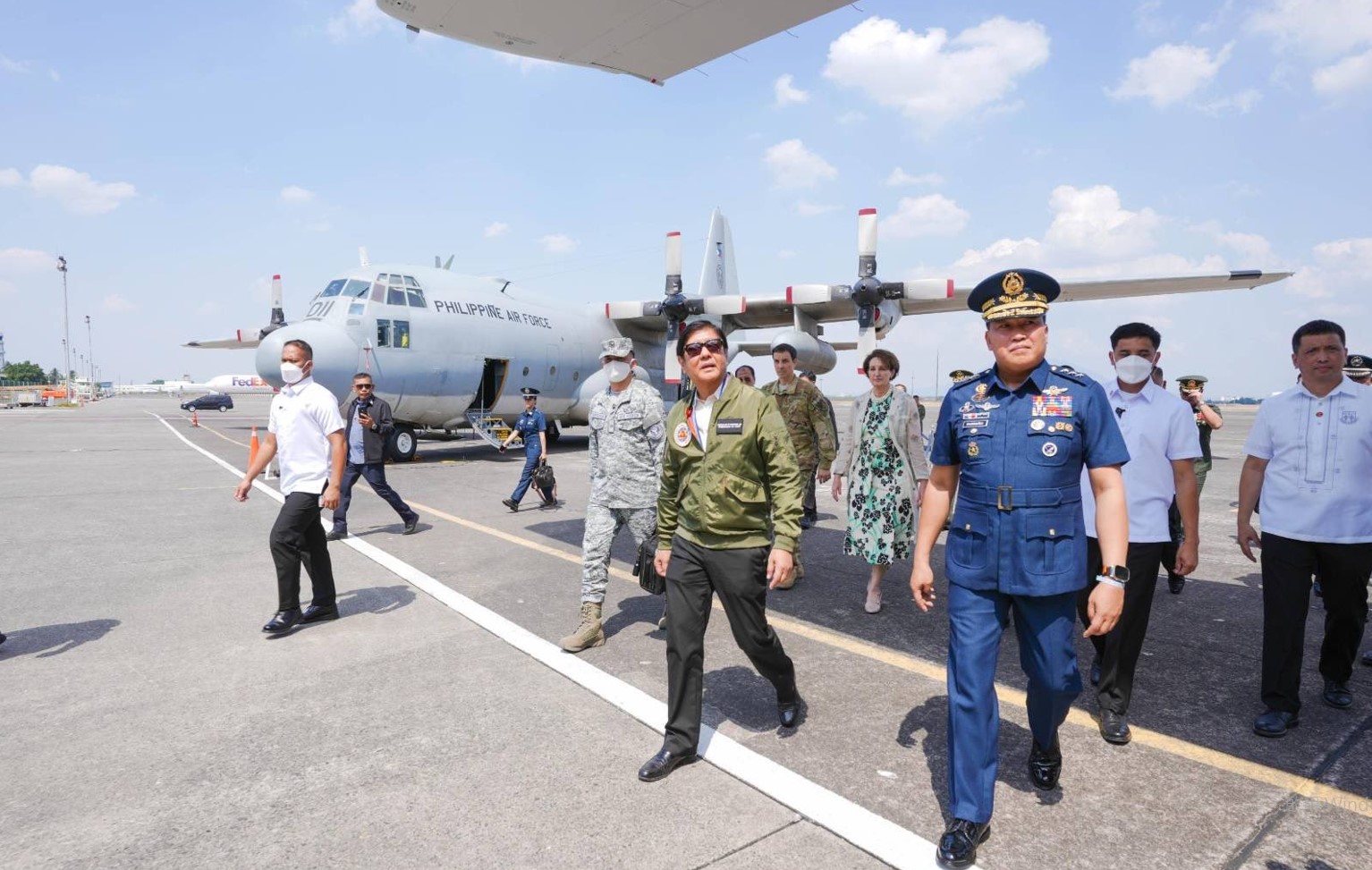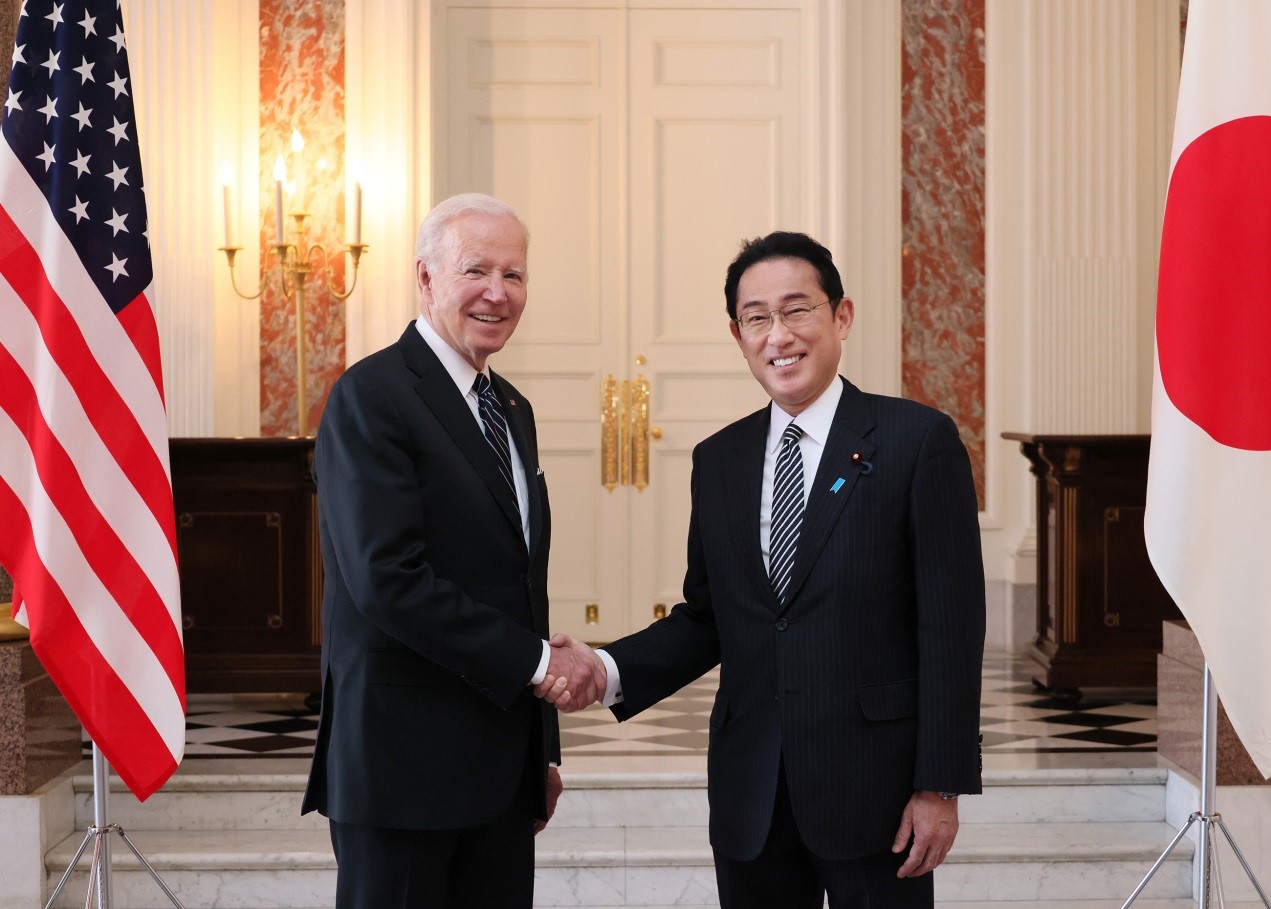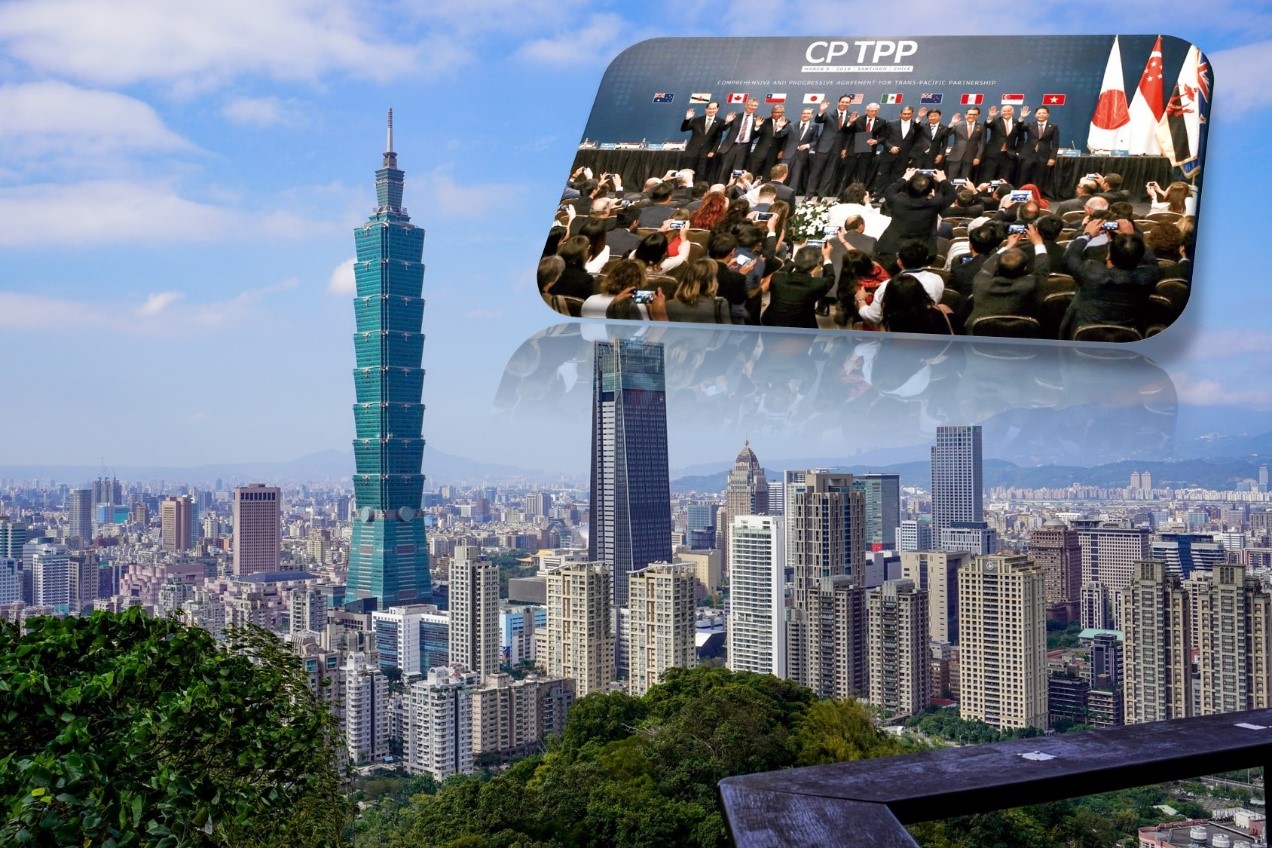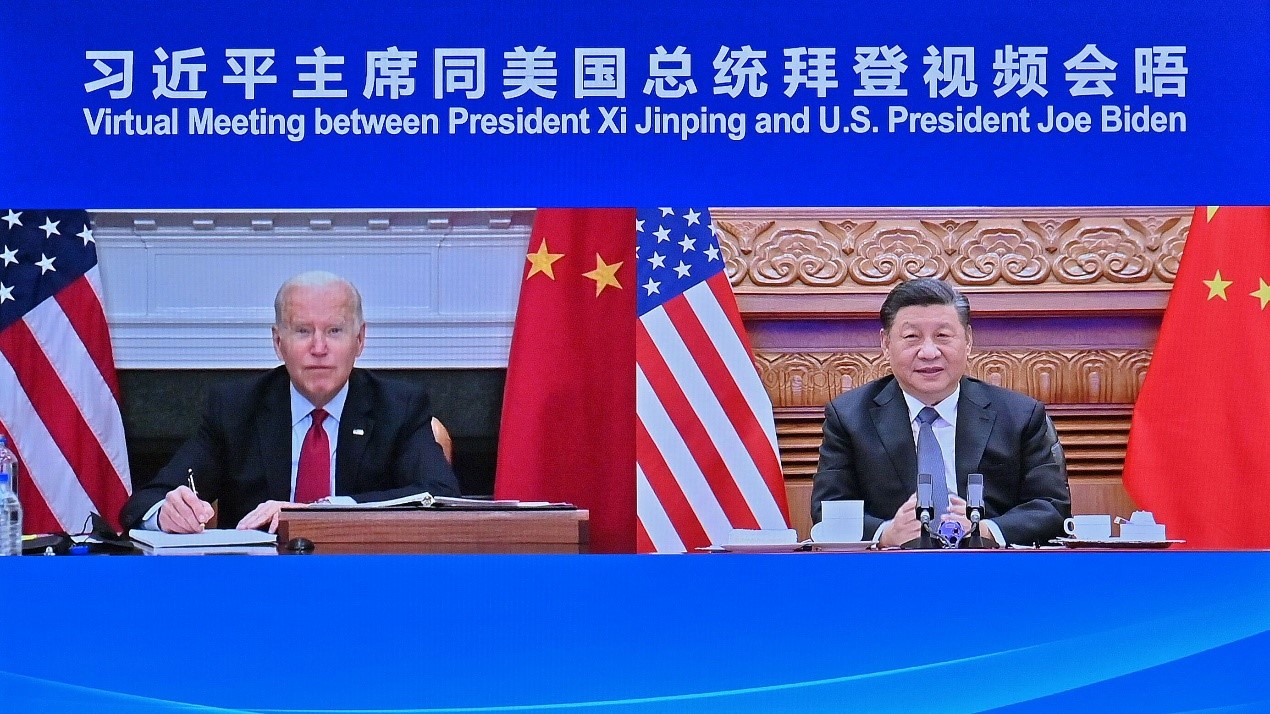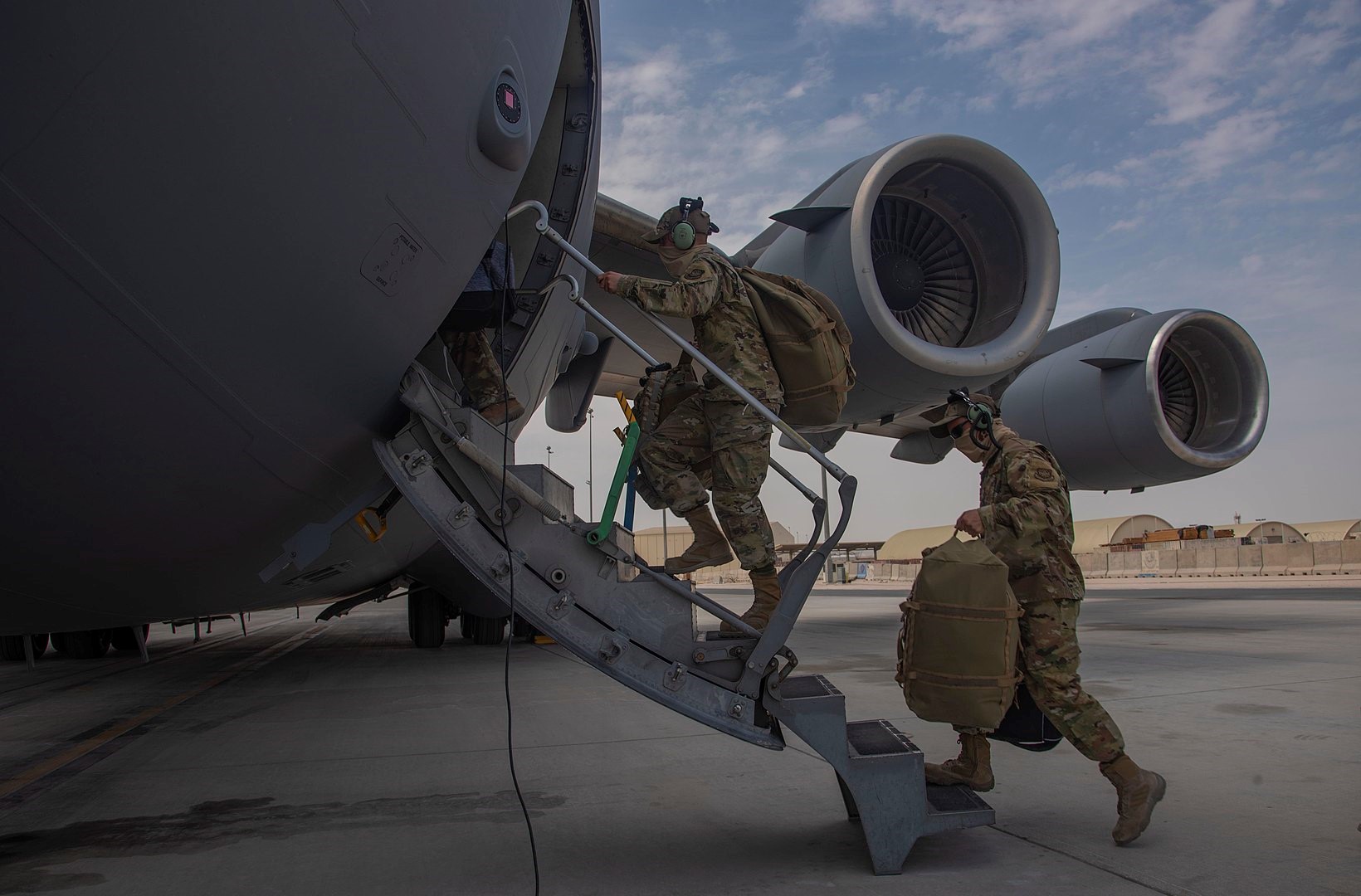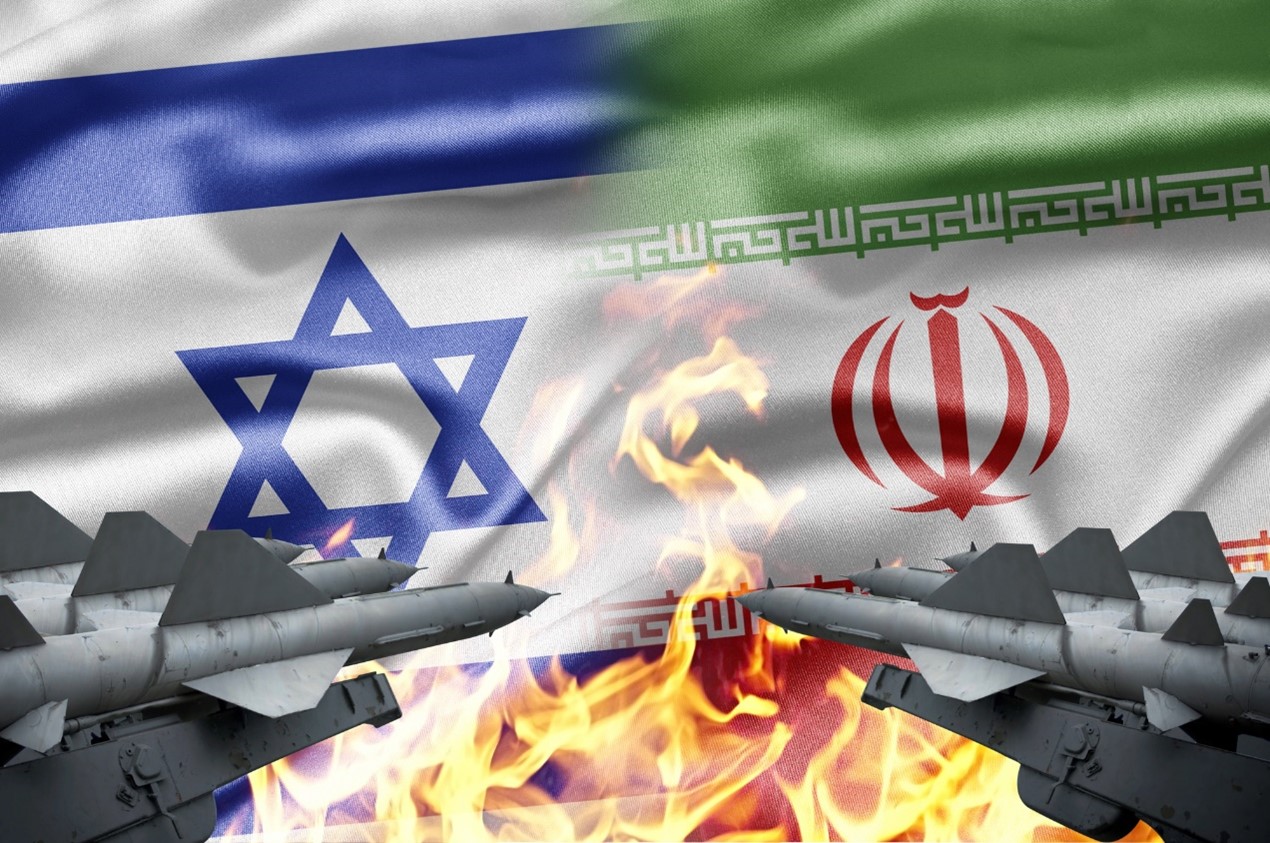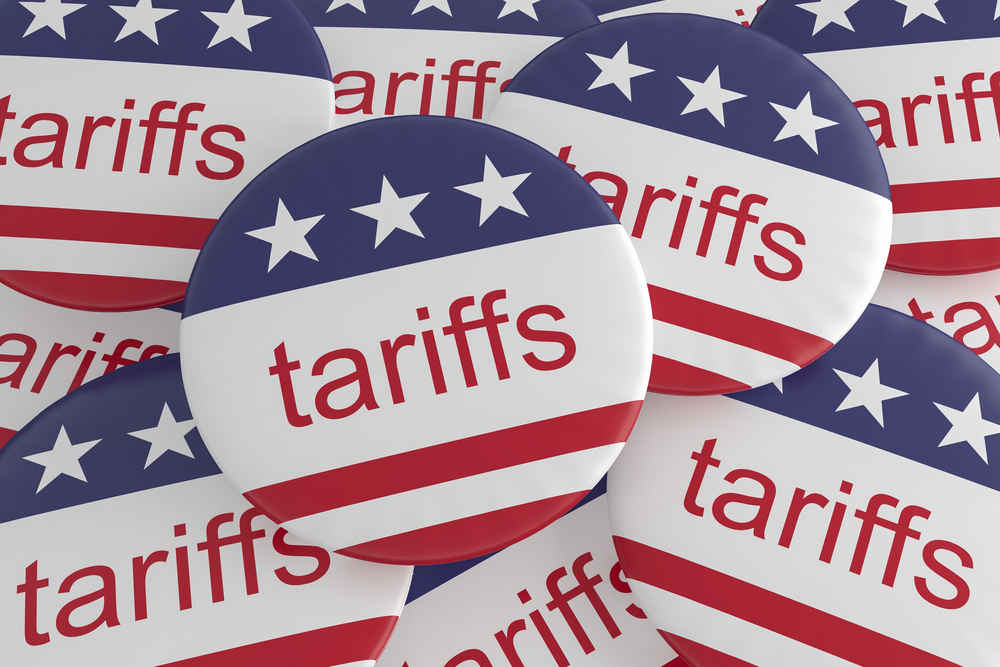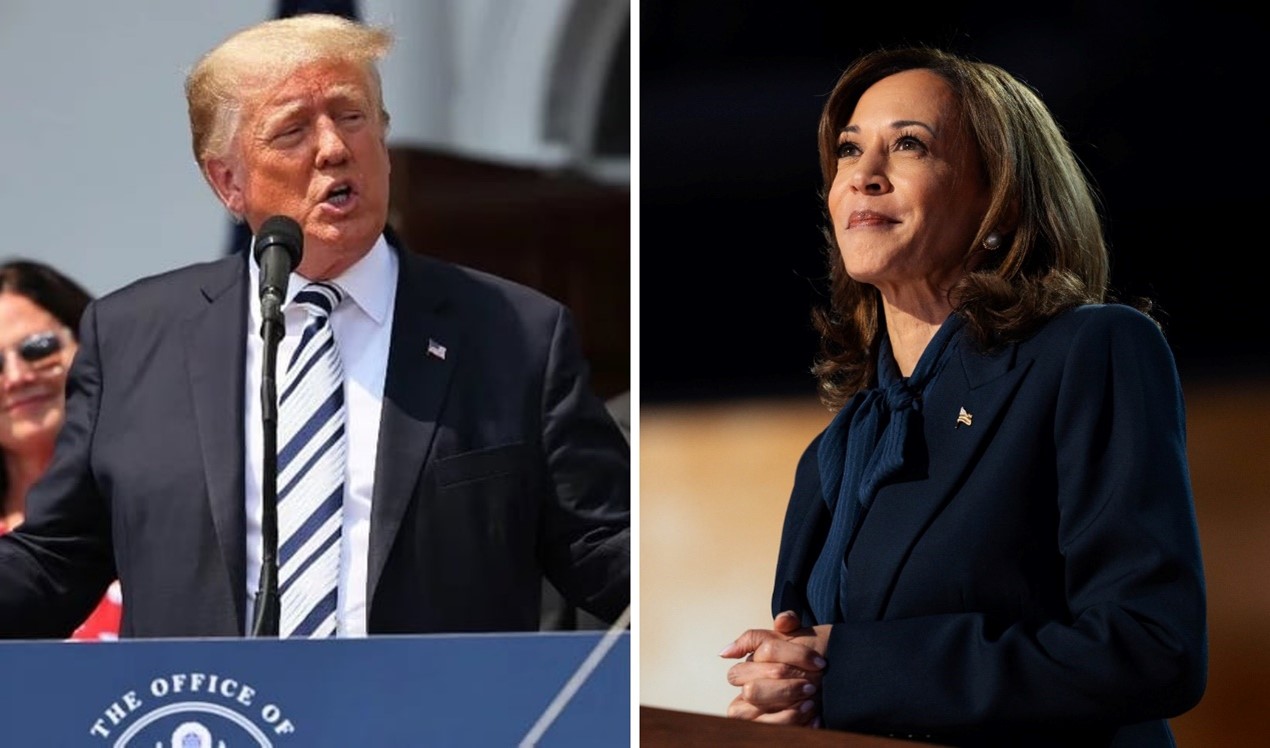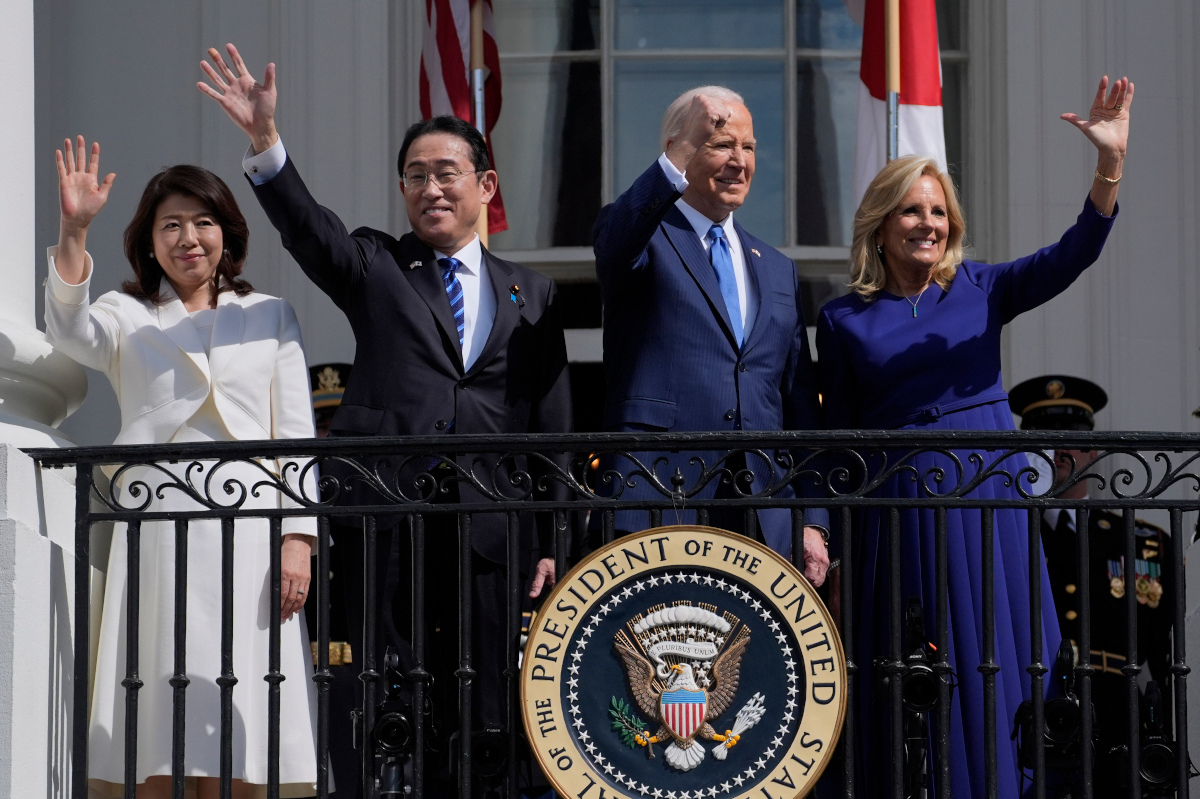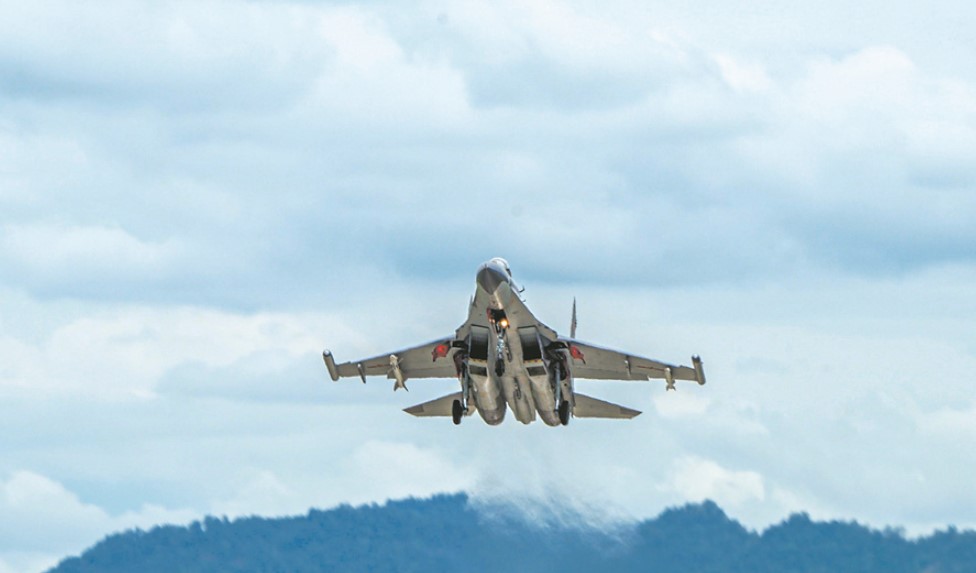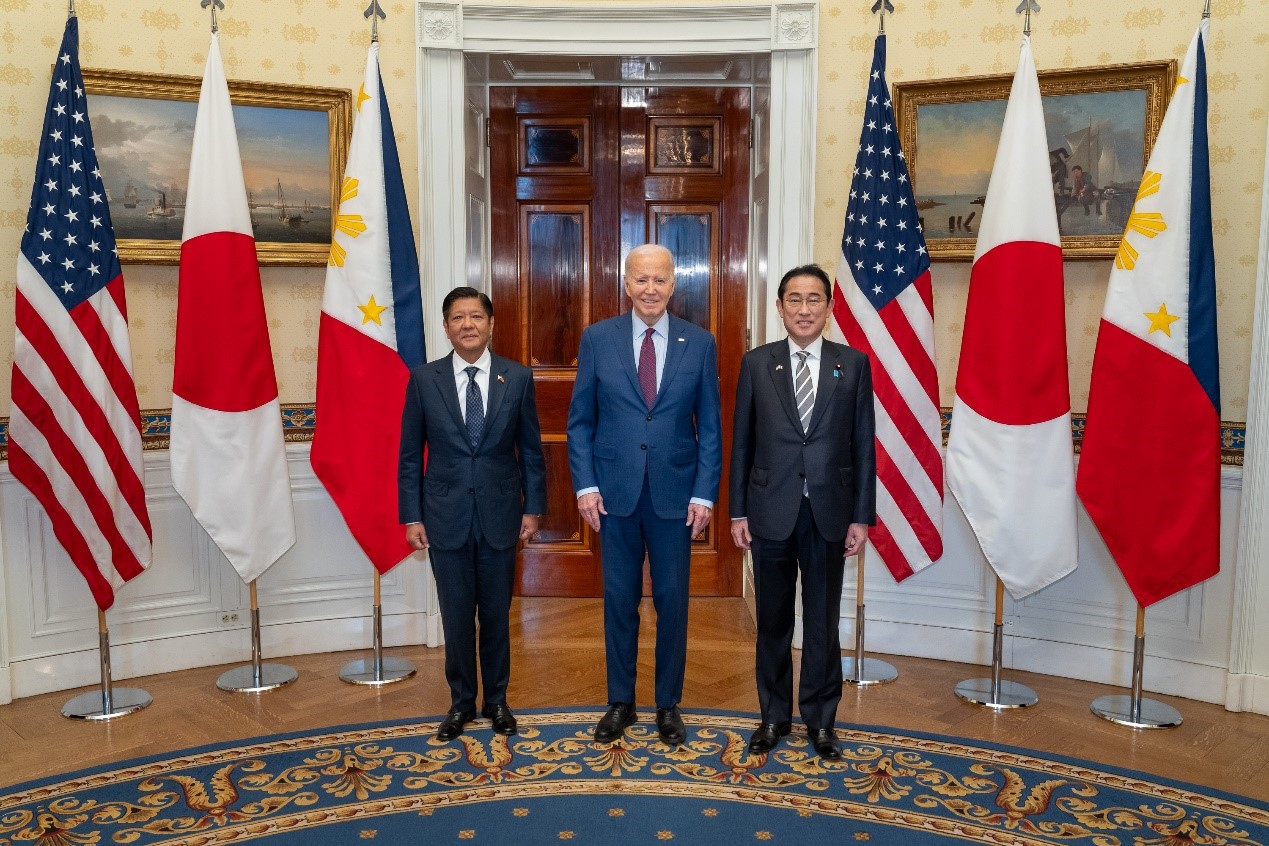Playing the Long Game: US Responses to the PRC’s Military Exercises Around Taiwan
The PRC’s large-scale military exercises are a wakeup call for the United States and its partners to keep cool heads and reinvest in deterrence not for what the exercises signify today, but for what they portend for tomorrow if we squander their warnings. Picture source: Ministry of National Defense (China), June 11, 2024, Ministry of National Defense (China), http://www.mod.gov.cn/gfbw/sy/jt_214028/16315101.html.
Prospects & Perspectives No. 35
Playing the Long Game: US Responses to the PRC’s Military Exercises Around Taiwan
By Glenn Tiffert
On May 23 and 24, 2024, the People’s Republic of China (PRC) conducted its Joint Sword (聯合利劍) 2024A military exercises in air space and waters surrounding Taiwan. These exercises closely followed the inauguration of Taiwanese President Lai Ching-te and, according to the People’s Liberation Army’s (PLA) Eastern Theater Command, were intended as punishment against “Taiwanese independence forces” and a warning to “external forces” — presumably the United States — against “interference” and “provocation.” Across both days, Taiwan’s Ministry of Defense reported 111 PLA aircraft and 46 PLA navy vessels operating in the vicinity of the island-nation. At the same time, the PRC Coast Guard conducted exercises around Taiwan’s Wuqiu and Dongyin islands, testing the civilian maritime enforcement capabilities that a quarantine or blockade would require. In defiance of Taipei’s authority, it entered restricted waters around these islands for the first time. How should the U.S. respond?
Keep a cool head and use the opportunity
The PRC’s large-scale exercises accentuate a pattern of intensifying military pressure on Taiwan. PLA planes and ships now skirt the island almost daily, electrifying nationalist PRC audiences hungry for demonstrations of strength. But for the time being these military maneuvers function more as mechanisms for signaling Beijing’s displeasure and as instruments of psychological warfare than indicators of imminent conflict. The PRC does not yet possess the capabilities to seize Taiwan with the speed or power necessary to overwhelm organized defenses and deter, preempt, or defeat a possible American intervention with assurance. So long as this remains the case, the best response is to keep a cool head, cultivate lines of communication with the PLA, watch from a distance, avoid mishaps, gather intelligence, and focus on shoring up the eroding foundations of deterrence to maintain peace, security, and autonomy for Taiwan.
Preserving deterrence will take effort because the PRC is rapidly augmenting its conventional and nuclear arsenals. But the good news is that the goal is within reach. Success will demand a resolute hand through the ephemeral peaks and valleys that characterize relations with the PRC and the diversions and side bargains that Beijing will lay as traps along the way. Fortunately, the PRC’s large-scale exercises have focused minds and eased the path. They not only reveal the limits, gaps and weaknesses in the PLA’s operational capabilities, but are also galvanizing regional powers to reinvest in their militaries in coordination with the United States in time to offset the looming threat. In this way, the exercises exemplify a habit of overreach that often backfires on the PRC. An abrupt seizure of outlying Taiwanese islands would have similar effect.
Narrow the gap between commitments and capabilities
For the U.S., two moves are paramount. First, the U.S. must narrow the growing gap between its commitments and capabilities. The U.S. is stretched around the globe. Concurrent wars in Ukraine and the Middle East, and brewing crises in Africa, the Red Sea, the South China Sea, and the Taiwan Strait are straining Washington’s military and diplomatic resources, and fracturing the preponderance of power it has enjoyed for decades. War with the PRC could consume American soldiers and materiel at a velocity far beyond their current replacement rates, and the complexity of many weapons, the distance to the theater, the atrophy of the U.S. defense industrial base, and its reliance on globalized supply chains compound the challenges. By contrast, the PRC can draw on an immense defense industrial base, large stockpiles of commodities, strategic depth via Russia and other overland suppliers, and short, mostly internal logistical lines to its likely battlefronts. The mismatch is acute.
This matters because the credibility of U.S. deterrence is only as good as the power and stamina that stand behind it. The PRC will measure the U.S. not just by what it says but also by its abilities to inject a mix of forces into battle at adequate speed and scale, and to absorb foreseeable loses over time without compromising combat effectiveness. U.S. strategy should brook no ambiguity on this point. If PRC assessments of the U.S. suggest a path to victory at acceptable cost, then their large-scale maneuvers will graduate from mere exercises to clear and present dangers. Alternatively, if the prospect of a PRC military victory over Taiwan is kept remote, then the case for coercing the island’s capitulation via a blockade or quarantine that might escalate into armed conflict also becomes riskier for Beijing and harder to sustain.
Several corollaries flow from this. For instance, Taiwan’s mountainous geography, ocean buffer from the mainland, and unfavorable landing beaches favor the defender. Seizing on this advantage, U.S. INDOPACOM has proposed turning the Taiwan Strait, not the island itself, into a “hellscape.” This entails accelerating domestic manufacture of armaments, securing critical links in their supply chains, and directing special attention towards producing, stockpiling, and prepositioning high volumes of cheap, attritible systems, loitering munitions, and precision strike stand-off weapons optimized for Taiwan contingencies. Long-term commitments will give defense contractors, particularly non-traditional suppliers with innovative solutions, the predictability to invest in and maintain production lines. The U.S. must streamline foreign military sales and technology licensing programs to enhance Taiwan’s local defense capabilities and speed certification of software and hardware upgrades to existing systems to adapt to dynamic battlefield conditions, particularly electronic warfare. Incorporating lessons from the war in Ukraine will be vital in this regard, and intelligence gleaned from observation of the PRC’s large-scale exercises will suggest further opportunities.
The U.S. must also coordinate with its regional partners to field complementary, interoperable systems across domains and exercise them. This includes Taiwan, which has yet to fully realize the benefits of the 2023 Taiwan Enhanced Resilience Act. To be sure, progress has been made on all these fronts prodded in part by the spectacle of the PRC’s large-scale exercises, but as a recent book edited by my colleague at the Hoover Institution, Matt Pottinger, makes clear much more remains to be done.
Democratize deterrence
Second, the US should respond to the PRC’s large-scale exercises by democratizing the domestic discussion around Taiwan deterrence. The U.S. has never faced a full-spectrum competitor as formidable as the PRC. Coming to Taiwan’s aid in the event of a military crisis could require enormous sacrifices from the American people, and their informed consent must be obtained in advance. Pointing to the shambolic U.S. withdrawal from Afghanistan and Congressional divisions over aid to Ukraine, PRC disinformation stokes Taiwanese doubts about the reliability of the U.S. as a protector. Shoring up the credibility of deterrence requires securing the commitment to wield and sustain armed force in the face of potentially heavy casualties. In a democratic society, the fidelity of this commitment ultimately turns on popular support. Here as well, the U.S. should brook no ambiguity in demonstrating to the PRC that the American people endorse their government’s strategy.
In short, the PRC’s large-scale military exercises are a wakeup call for the United States and its partners to keep cool heads and reinvest in deterrence not for what the exercises signify today, but for what they portend for tomorrow if we squander their warnings. In the words of a former president, the US should speak softly and carry a big stick, and in concert with its regional partners continue to support the right of the Taiwanese people to determine their own future in freedom and security.
(Glenn Tiffert is a distinguished research fellow at the Hoover Institution at Stanford University and co-chairs its project on China’s Global Sharp Power.)


